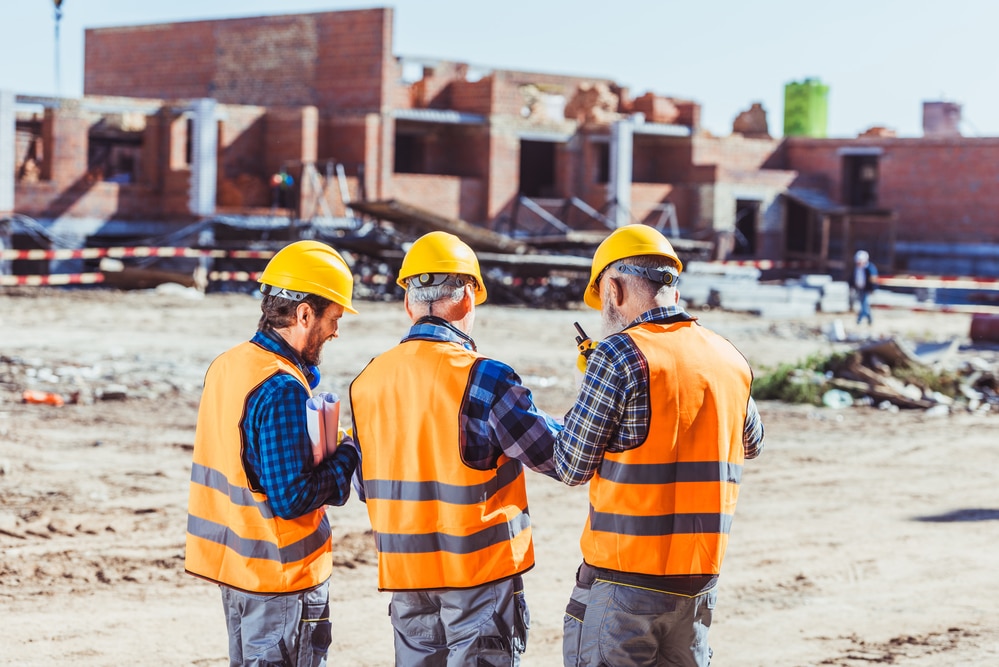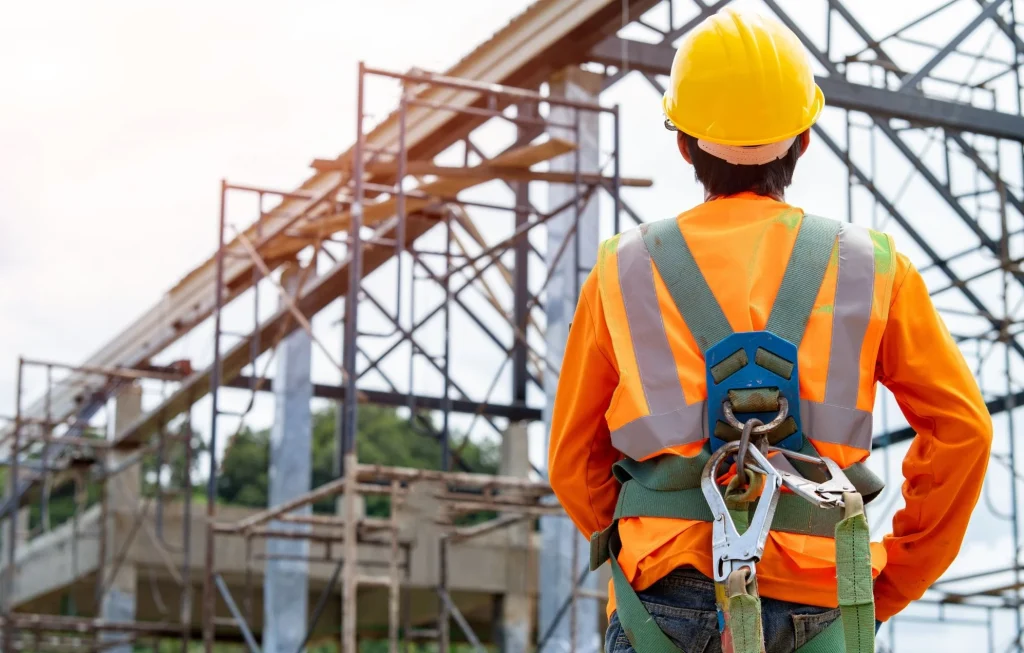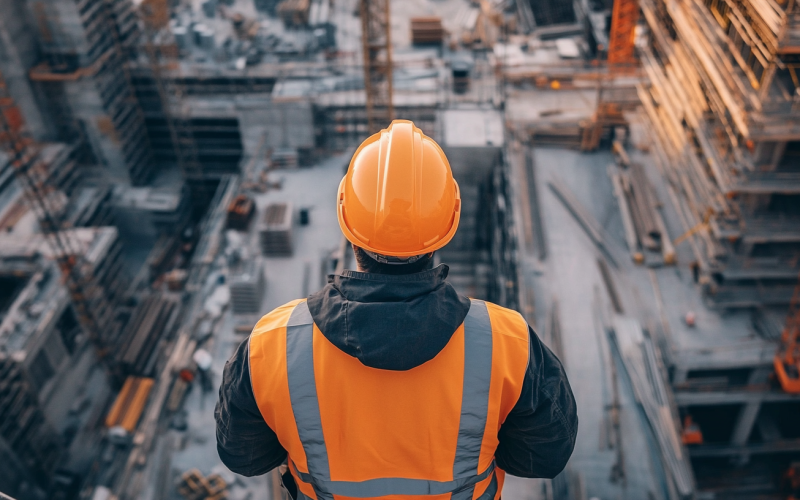Working in the construction industry can often come with more challenges than any other profession. One particular challenge that many face is about safety.
Since the statistics show that around 6% of the United Kingdom population works in construction there are a number of people that need protection and certain safety standards need to be put in place to protect people.
According to recent studies more than 78 000 construction workers suffered from work-related ill health over a period of three years.
The United Kingdom has a robust framework of construction safety standards that are designed to protect workers and the public and rigorous due diligence is done before Every Property Certificate is authorized.
What is a Construction Site

There are three different types of construction work, generally one would think of the construction of buildings which includes new buildings, repairing existing buildings, and lastly alterations and additions.
Other construction projects and elements can and may include demolition, plumbing, electrics, joinery, painting, plastering, and glazing.
A construction site is where any of these activities are being done. No matter the size of the construction project at hand, similar dangers will still be present and the same rules and regulations will need to be followed.
Who Is Responsible for Construction Site Safety?
According to the Building Safety Act the Health and Safety Executive (HSE) is the overall building regulator. The Principal Contractor is the one who plans, manages, monitors, and coordinates health and safety during the construction phase. He or she must ensure that all standards are understood and followed.
The safety director and inspector’s role and work is to ensure that employers are sensibly managing risks. They inspect workplaces and investigate any incidents that may have occurred, they are also crucial for identifying potential hazards and putting plans in place in order to avoid any dangers or hazards that may come to light.
Their duty involves great record keeping which includes keeping all site inspections, risk assessments, compliance breaches, and investigations.
What Are the Safety Risks on A Construction Site?

Falling from high/ tall buildings and sites;
This is the biggest cause of fatalities, this type of work is done on the daily and therefore the risk is more prominent.
Such as working on roofs and scaffoldings.
Falls, and tripping:
Another common cause of injury and fatalities is caused by slippery surfaces, debris, and clutter.
This can often be avoided with the help of a safety officer on the side.
Hearing problems/noise exposure:
Due to the overexposure to loud and consistent noise, this is a major risk that many construction workers face.
Electrical hazards:
Construction workers can often be exposed to electrocution, burns, and shocks as a result of exposure to wiring, power lines, and or faulty equipment.
Fire:
Fire can occur as a result of flammable materials, welding, or faulty wiring for instance.
Heavy equipment:
Equipment such as excavators, bulldozers, and cranes pose a risk if not used correctly as well as construction workers often need to lift, carry, and handle large heavy objects which may result in injury.
How to Improve Construction Site Safety:
Improving site safety necessitates a holistic approach that involves workers and management working together. There needs to be strong leadership that is capable of establishing a safety-first culture, with safety at the forefront, workers will have more respect.
All stakeholders should keep lines of communication open and workers should feel encouraged to report any safety concerns and hazards the whole workforce should work in collaboration with the appropriate bodies to ensure that safety is assured.
Construction safety is a continuous effort that requires collaboration and consistency. Training should be given regularly and any safety plans and procedures should be reviewed annually. This will ensure that workers as well as visitors and the public are as safe as possible.
Key Regulations Governing Construction Safety:
The Health and Safety at Work etc. Act 1974
The Construction (Design and Management) Regulations 2015
The Control of Substances Hazardous to Health Regulations 2002.
It is imperative to note that construction site safety is everyone’s responsibility. From planners to designers, workers, and inspectors. When everyone works together with health and safety at the forefront there are fewer risks to health.





